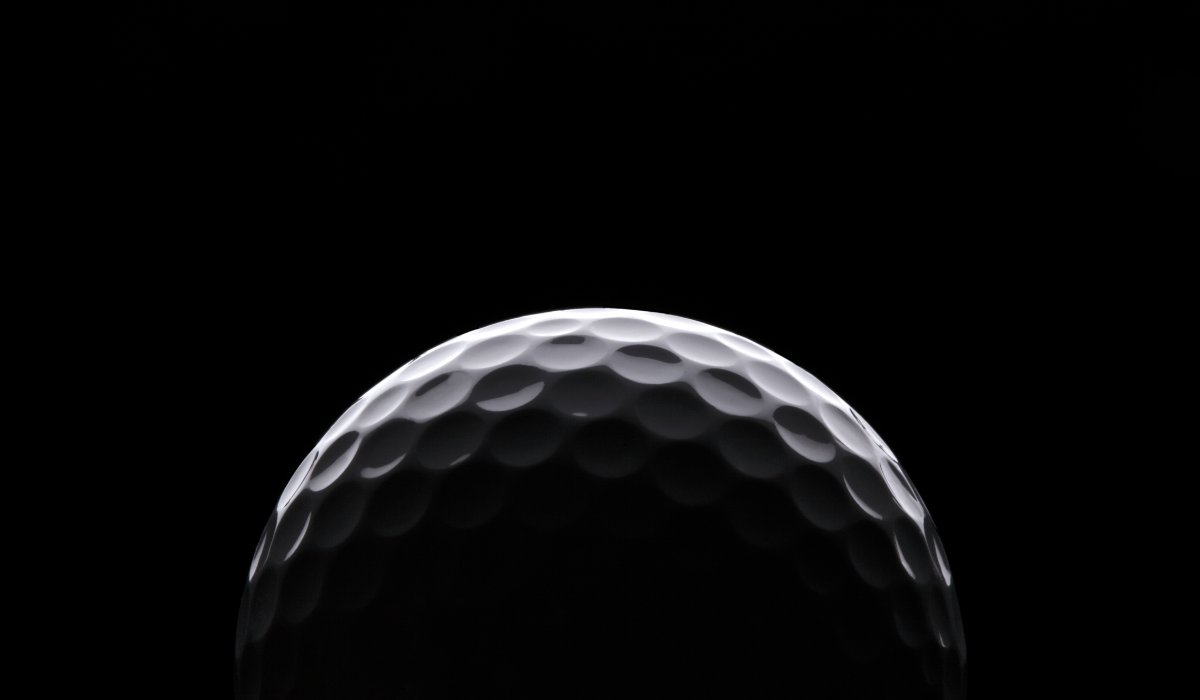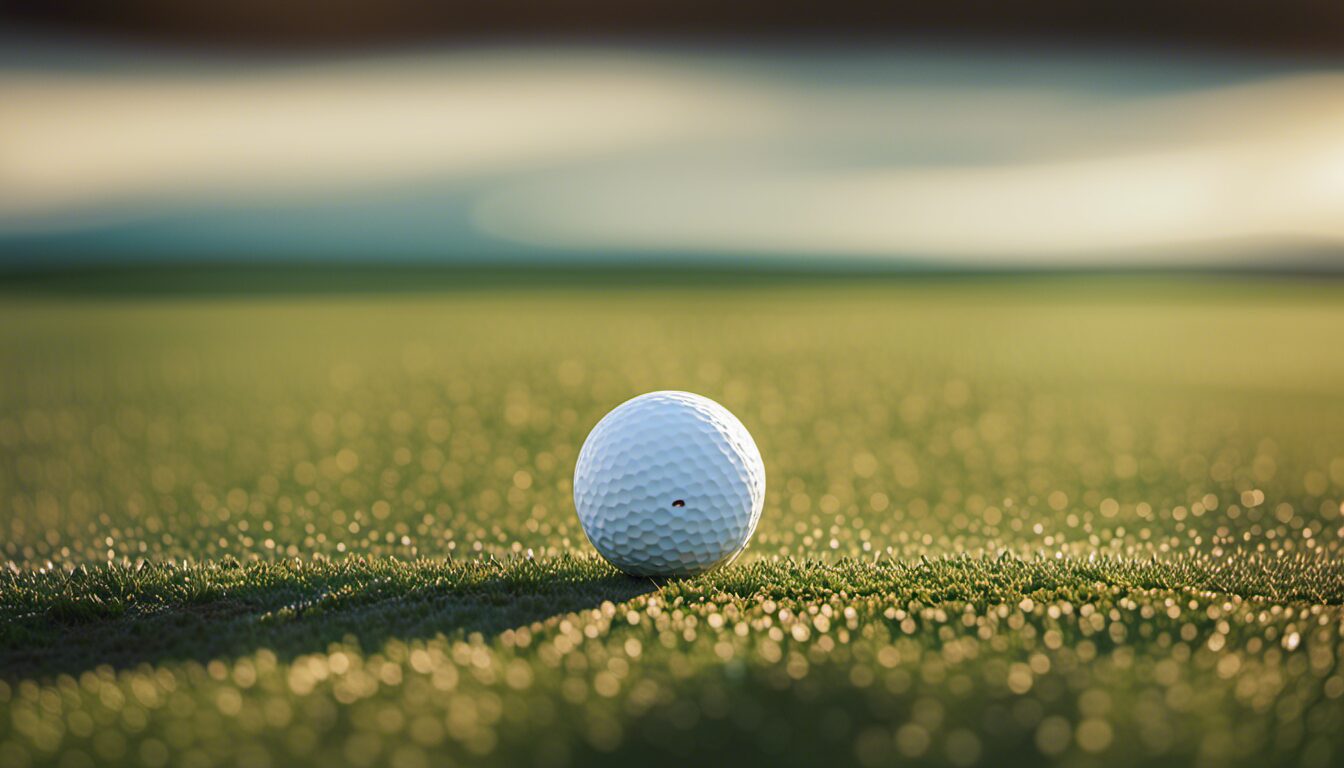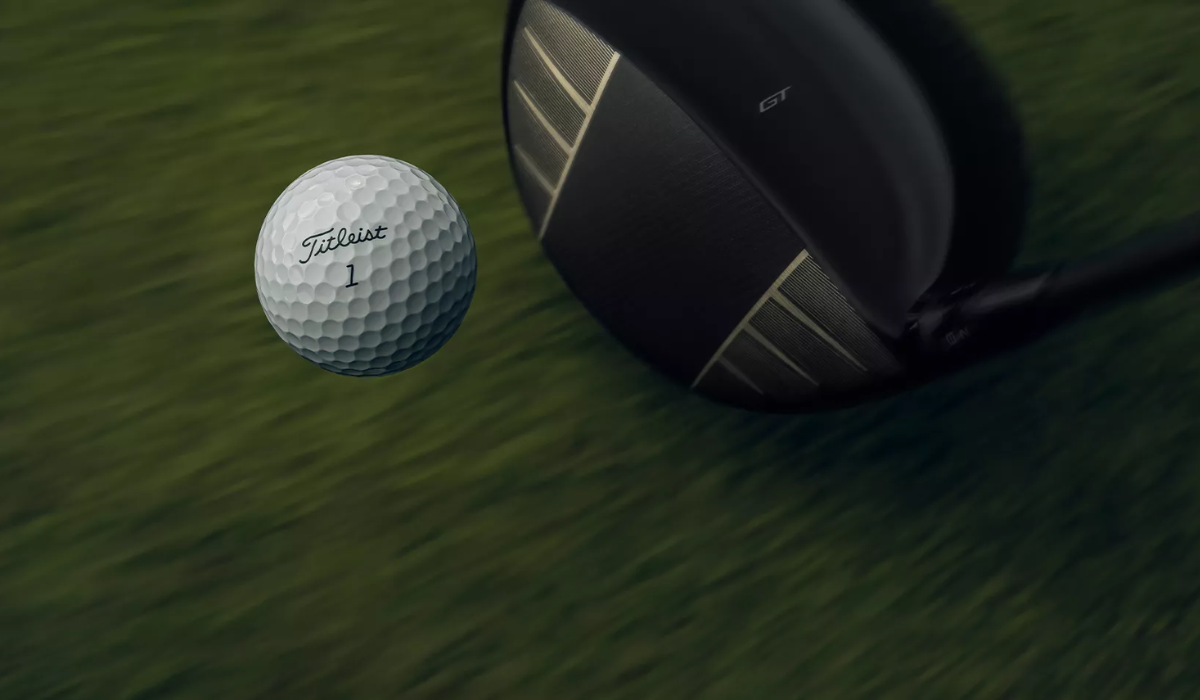Clothes
How to Pack Smart for a Golf Holiday
Explore 33,000+ golf courses in 180 countries.
Follow the latest news and trends in golf.
Connect with like-minded golfers.
Find everything you need for your golf equipment and gear needs.
Travel, golf resorts, lifestyle, gear, tour highlights and technology.
All Square
Suggestions
Clothes
How to Pack Smart for a Golf Holiday
Course Reviews
Weekend Golf Escapes by Car from Luxembourg
Course Reviews
Best Clubhouse Restaurants in Europe
Course Reviews
Your Top Destinations For a Last-Minute Christmas Golf Getaway in Europe
Clubs
Hideki Matsuyama WITB Behind His 2025 Hero World Challenge Victory
Amateur Golf
Europe’s Best Pro-Am Golf Events for Amateurs
Course Reviews
Top 10 Par‑3s You’ll Never Forget
Course Reviews
The Architects Behind Europe’s Most Iconic Courses
Destinations
Europe’s Best Resorts for Couples
Contests
The Skins Game: Results & Overview
Community
Rewilding the Rough: Nature-First Golf Design
Course Reviews
The History Behind the Ryder Cup Courses
Abu Dhabi HSBC Championship
Aaron Rai’s Winning WITB at Abu Dhabi HSBC Championship
Course Reviews
The Best Golf Courses Near Pinehurst That Aren’t Pinehurst No. 2
Course Reviews
The Els Club Vilamoura: Golfing Grandeur in the Algarve
Majors
PGA Tour 2026: Season Overview
Destinations
How to Build the Perfect Golf & Wine Vacation in Spain

Golf balls are a fascinating piece of sports engineering. From their once-smooth surfaces to the meticulously designed dimples seen today, these small spheres hold a key to maximizing performance on the course. But why do golf balls have dimples? The answer lies in physics and aerodynamics, with a hint of historical innovation.

Originally, golf balls were smooth. Early golfers noticed that older, scuffed balls flew farther and straighter than brand-new ones. This discovery led to the creation of intentionally designed surfaces – a game-changing innovation. By the early 1900s, manufacturers began experimenting with textured patterns, eventually leading to the standardized dimples we know today.
The dimples on a golf ball aren’t random; they serve a specific aerodynamic purpose. When a golf ball is struck, it experiences two primary forces: lift and drag. Dimples create a thin layer of turbulent air around the ball, enhancing the Magnus effect. This phenomenon allows the ball to generate lift when spinning, making it soar higher and longer. At the same time, a smooth ball experiences a large amount of drag, which slows it down significantly. Dimples disrupt the airflow, reducing drag and allowing the ball to travel farther with greater stability.

Today, golf ball manufacturers use precise engineering and testing to determine the optimal dimple pattern for performance. A standard golf ball features around 300-500 dimples, each meticulously shaped and sized. Variations in depth, shape, and pattern affect the ball’s flight, spin, and control, giving players options tailored to their game. Reduced drag and optimized lift mean longer distances off the tee. Spin-enhancing dimple designs improve control for approach shots and chips. Dimples also minimize unpredictable flight paths, ensuring consistency.

The number of dimples on a golf ball can vary, with some balls featuring over 500 dimples. Modern advancements include hexagonal and even asymmetrical dimple designs for enhanced aerodynamics. Titleist, a leading golf ball manufacturer, has tested thousands of dimple patterns to create their iconic Pro V1 and Pro V1x models. So the next time you tee up, take a moment to appreciate those tiny dimples – they’re doing a lot more work than meets the eye.